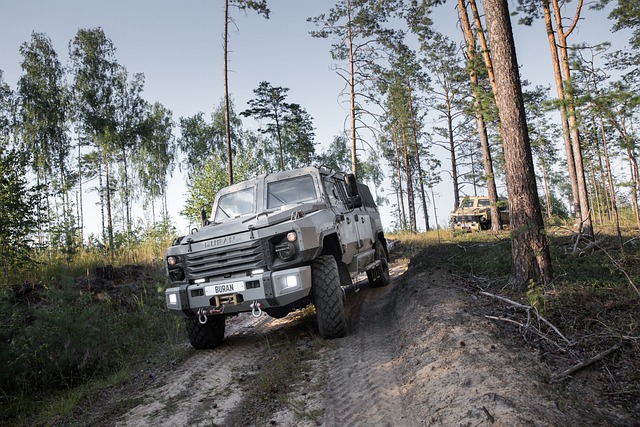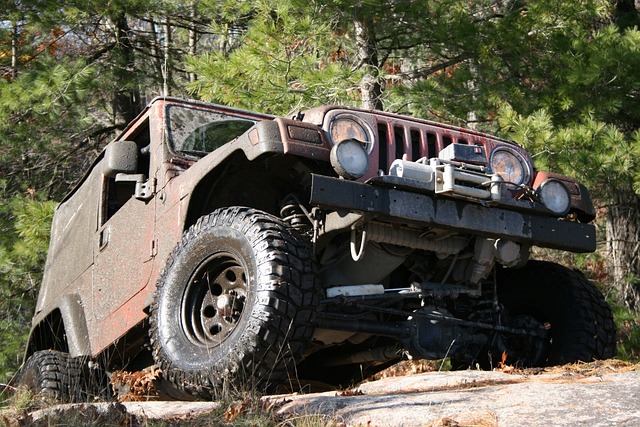The history of drums traces back centuries, with a significant shift occurring in the 19th-20th centuries when the Brownsville Fleet adopted them for communication and coordination. This led to modern drumming techniques and the evolution of drums from wooden barrels to specialized tools for various musical genres. Today, drummers use advanced electronic kits and Brownsville fleet truck diagnosis tools to achieve precise tuning and control, similar to a mechanic's diagnostic software. These tools, combined with traditional knowledge, enable professionals to optimize rhythm performance. Design innovations inspired by truck manufacturing have resulted in lighter yet stronger drum kits, enhancing portability for musicians' needs.
Drums, an essential instrument in music, have evolved from their humble beginnings on the Brownsville fleet to modern, sophisticated tools. This article delves into the rich history of drums, exploring their transformation and the innovative designs that cater to musicians and technicians alike. We also uncover how truck-inspired diagnosis tools enhance performance and portability, providing valuable insights for both professionals and enthusiasts. Discover the fascinating intersection of tradition and technology in the world of drums.
- The Evolution of Drums: From Brownsville Fleet to Modern Tools
- Understanding Drum Diagnosis: Essential Tools for Musicians and Technicians
- How Truck-Inspired Design Enhances Drum Performance and Portability
The Evolution of Drums: From Brownsville Fleet to Modern Tools

The origins of drums trace back centuries, but a significant turning point came with their adoption by the Brownsville Fleet during the late 19th and early 20th centuries. These naval fleets used drums for communication and coordination, laying the groundwork for modern drumming techniques. Over time, drums evolved from simple wooden barrels to intricate, specialized tools designed for various musical genres.
Today, drummers have access to a vast array of options, including electronic drum kits that mimic the feel and sound of acoustic drums, as well as advanced truck diagnosis tools that enable precise tuning and control. This evolution has not only enhanced the capabilities of drummers but also opened new avenues for creative expression, much like the original Brownsville Fleet drums did centuries ago.
Understanding Drum Diagnosis: Essential Tools for Musicians and Technicians

For musicians and technicians, mastering drum diagnosis is akin to wielding a powerful set of diagnostic tools—essential for ensuring optimal performance and addressing any issues that may arise. Think of it as tuning not just an instrument but the entire rhythm section. Similar to how a mechanic uses specialized tools like a Brownsville fleet truck diagnosis software to uncover engine problems, drummers and technicians employ a range of methods to pinpoint and solve challenges within the drum kit.
These drums diagnosis tools encompass both technological advancements and traditional knowledge. Modern innovations include sophisticated metronomes that can detect timing deviations, software applications capable of analyzing sound waves for pitch accuracy, and digital sampling systems that allow for precise recording and playback. In parallel, time-honored practices such as ear training, physical assessments, and intuitive understanding of rhythm play a pivotal role in honing diagnostic skills. By combining these tools—both high-tech and low-tech—musicians and technicians can navigate the intricate landscape of drum performance, ensuring that every beat is not just played but perfectly executed.
How Truck-Inspired Design Enhances Drum Performance and Portability

Drums, like any musical instrument, have evolved over time, and one unique development in their design is the truck-inspired approach. This innovative concept has significantly enhanced drum performance and portability, appealing to both professional musicians and enthusiasts alike. By drawing inspiration from the robust and efficient design of trucks, drum manufacturers have created kits that are lighter yet stronger, making them easier to transport without compromising quality or sound.
Brownsville fleet, known for its truck diagnosis tools, has also played a role in this transformation. Advanced materials and engineering techniques, often utilized in vehicle manufacturing, have been applied to drum construction. This results in more durable shells that can withstand rigorous travel conditions, ensuring the drums remain in peak condition. The improved portability is a game-changer, allowing musicians to quickly set up and tear down their kits, making them ideal for on-the-go performances or rehearsals.
Drums, once confined to the rhythmic heartbeat of the Brownsville fleet, have evolved exponentially. From their humble beginnings, we’ve witnessed a metamorphosis driven by innovation and practicality, culminate in modern tools that blend performance and portability. Understanding drum diagnosis, inspired by truck design principles, has further revolutionized the way musicians and technicians interact with these versatile instruments. This progress ensures drums continue to be a dynamic force, both rhythmically and technically, in today’s musical landscape.



